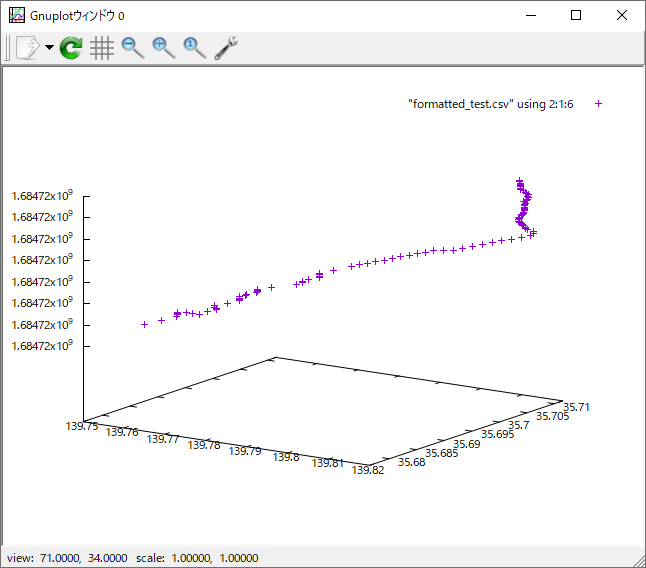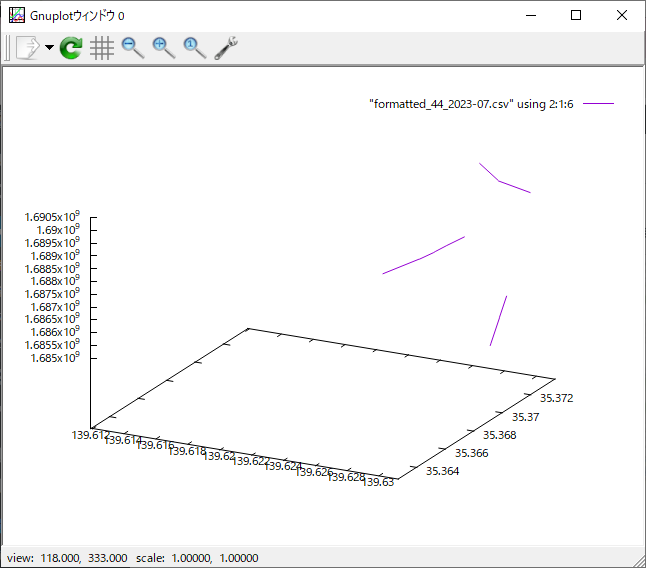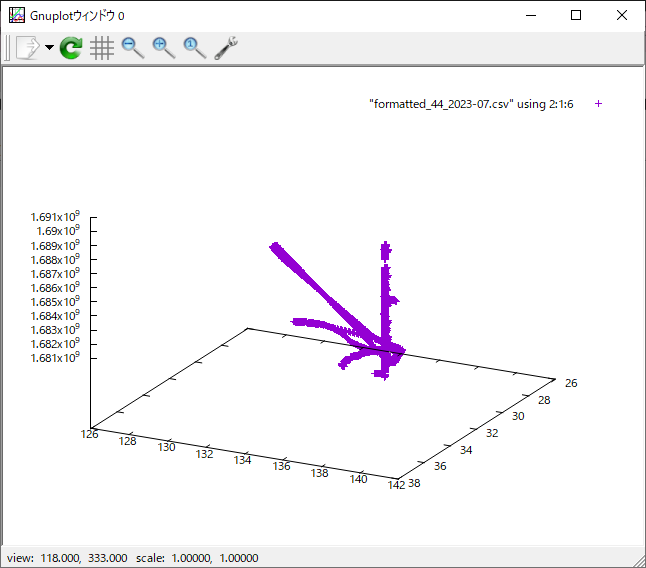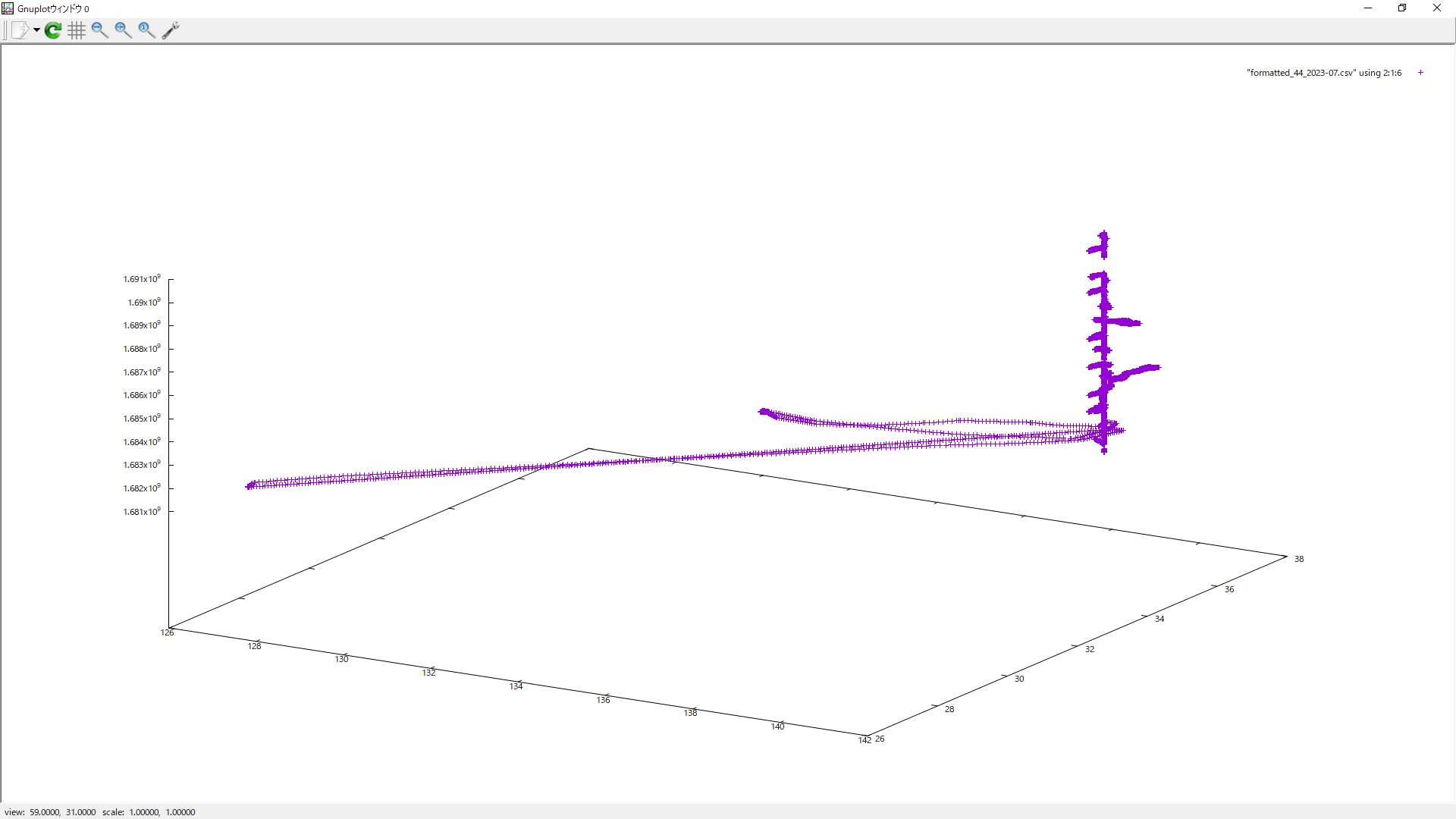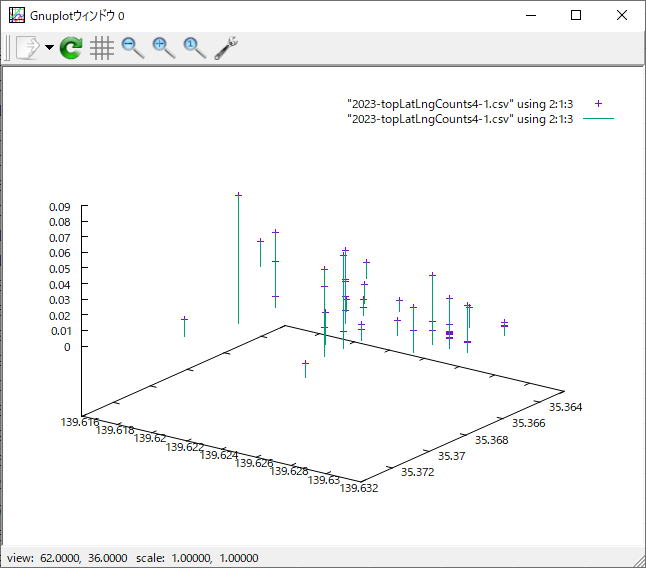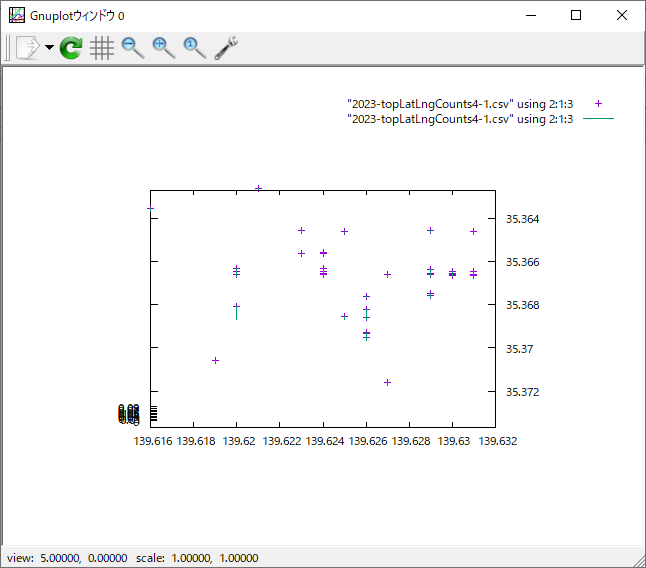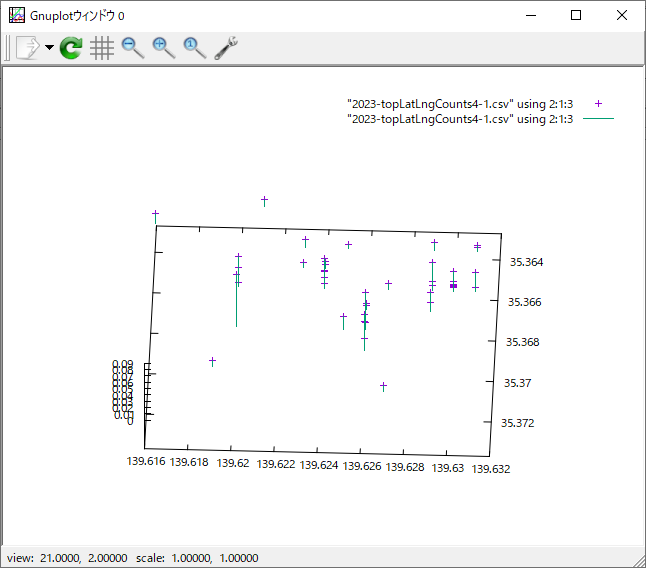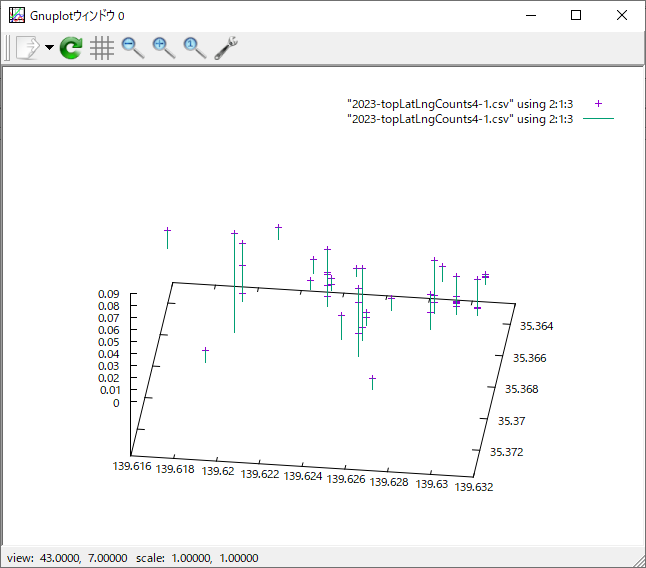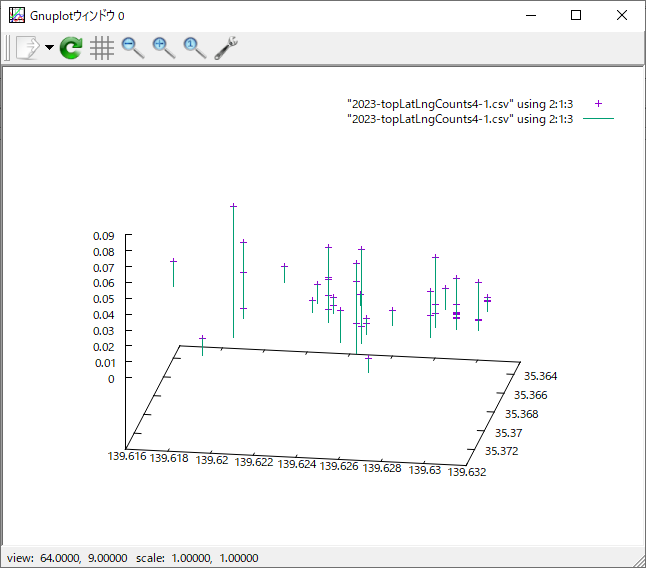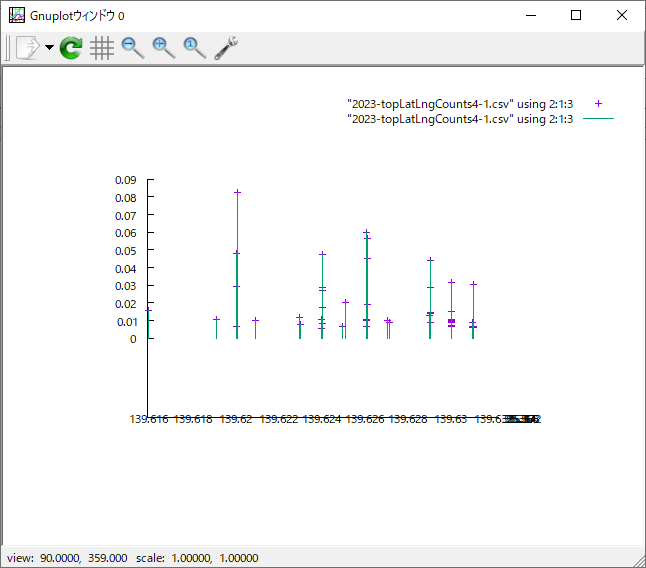/*
簡易バスダイヤ作成プログラム c:\users\ebata\dummy1.go
(1)バス路線があり、5つの停留所("A0", "A1", "A2", "A3", "A4", "A5")があります。
(2)このバスは始点から運行を開始し、路線の終点でで一定時間停車した後、再び逆方向に運行を開始します。
(3)バスは朝6時に出発して、5分単位で次の停留所で停止し、終端で10分間停止します。
(4)これを3往復するものとします。
*/
package main
import (
"fmt"
"strings" // strings パッケージをインポート
"time"
)
// バスのダイヤグラム
type BusSchedule struct {
Route []string // 停留所のリスト
DepartureTime time.Time // 出発時刻
ArrivalTimeStops map[string][]string // 各停留所の到着時刻
ArrivalTimeRounds int // 往復回数
}
// バスのダイヤグラムを生成する関数
func GenerateBusSchedule(route []string, departureTime time.Time, numRoundTrips int) *BusSchedule {
schedule := &BusSchedule{
Route: route,
DepartureTime: departureTime,
ArrivalTimeStops: make(map[string][]string),
ArrivalTimeRounds: numRoundTrips,
}
currentTime := departureTime
reverse := false // 逆向き運行を切り替えるフラグ
for round := 0; round < numRoundTrips; round++ {
routeOrder := make([]string, 0, len(route)*2-1)
if reverse {
// 逆向き運行の場合、終点から始点に戻る
for i := len(route) - 1; i >= 0; i-- {
stop := route[i]
arrivalTime := currentTime.Format("15:04")
schedule.ArrivalTimeStops[stop] = append(schedule.ArrivalTimeStops[stop], arrivalTime)
routeOrder = append(routeOrder, fmt.Sprintf("%s(%d): %s", stop, len(schedule.ArrivalTimeStops[stop]), arrivalTime))
if i > 0 {
currentTime = currentTime.Add(5 * time.Minute)
}
}
reverse = false
} else {
// 正向き運行の場合、始点から終点に向かう
for i := 0; i < len(route); i++ {
stop := route[i]
arrivalTime := currentTime.Format("15:04")
schedule.ArrivalTimeStops[stop] = append(schedule.ArrivalTimeStops[stop], arrivalTime)
routeOrder = append(routeOrder, fmt.Sprintf("%s(%d): %s", stop, len(schedule.ArrivalTimeStops[stop]), arrivalTime))
if i < len(route)-1 {
currentTime = currentTime.Add(5 * time.Minute)
}
}
reverse = true
}
fmt.Println(strings.Join(routeOrder, "->"))
currentTime = currentTime.Add(10 * time.Minute) // 終点での停止時間
}
return schedule
}
func main() {
route := []string{"A0", "A1", "A2", "A3", "A4", "A5"}
departureTime := time.Date(2024, 1, 6, 6, 0, 0, 0, time.UTC)
numRoundTrips := 3
schedule := GenerateBusSchedule(route, departureTime, numRoundTrips)
// routeOrder を表示
fmt.Println("routeOrder:")
for _, stop := range schedule.Route {
fmt.Printf("%s:\n", stop)
for i, arrivalTime := range schedule.ArrivalTimeStops[stop] {
fmt.Printf(" 通過%d: %s\n", i+1, arrivalTime)
}
}
}出力結果
C:\Users\ebata>go run dummy1.go
A0(1): 06:00->A1(1): 06:05->A2(1): 06:10->A3(1): 06:15->A4(1): 06:20->A5(1): 06:25
A5(2): 06:35->A4(2): 06:40->A3(2): 06:45->A2(2): 06:50->A1(2): 06:55->A0(2): 07:00
A0(3): 07:10->A1(3): 07:15->A2(3): 07:20->A3(3): 07:25->A4(3): 07:30->A5(3): 07:35
routeOrder:
A0:
通過1: 06:00
通過2: 07:00
通過3: 07:10
A1:
通過1: 06:05
通過2: 06:55
通過3: 07:15
A2:
通過1: 06:10
通過2: 06:50
通過3: 07:20
A3:
通過1: 06:15
通過2: 06:45
通過3: 07:25
A4:
通過1: 06:20
通過2: 06:40
通過3: 07:30
A5:
通過1: 06:25
通過2: 06:35
通過3: 07:35
